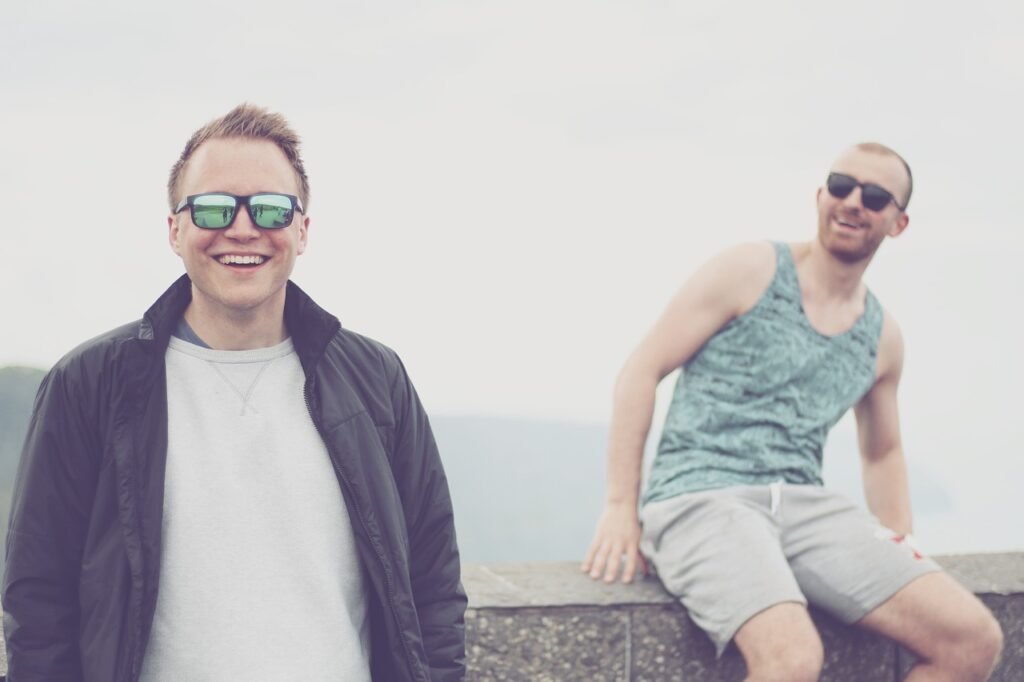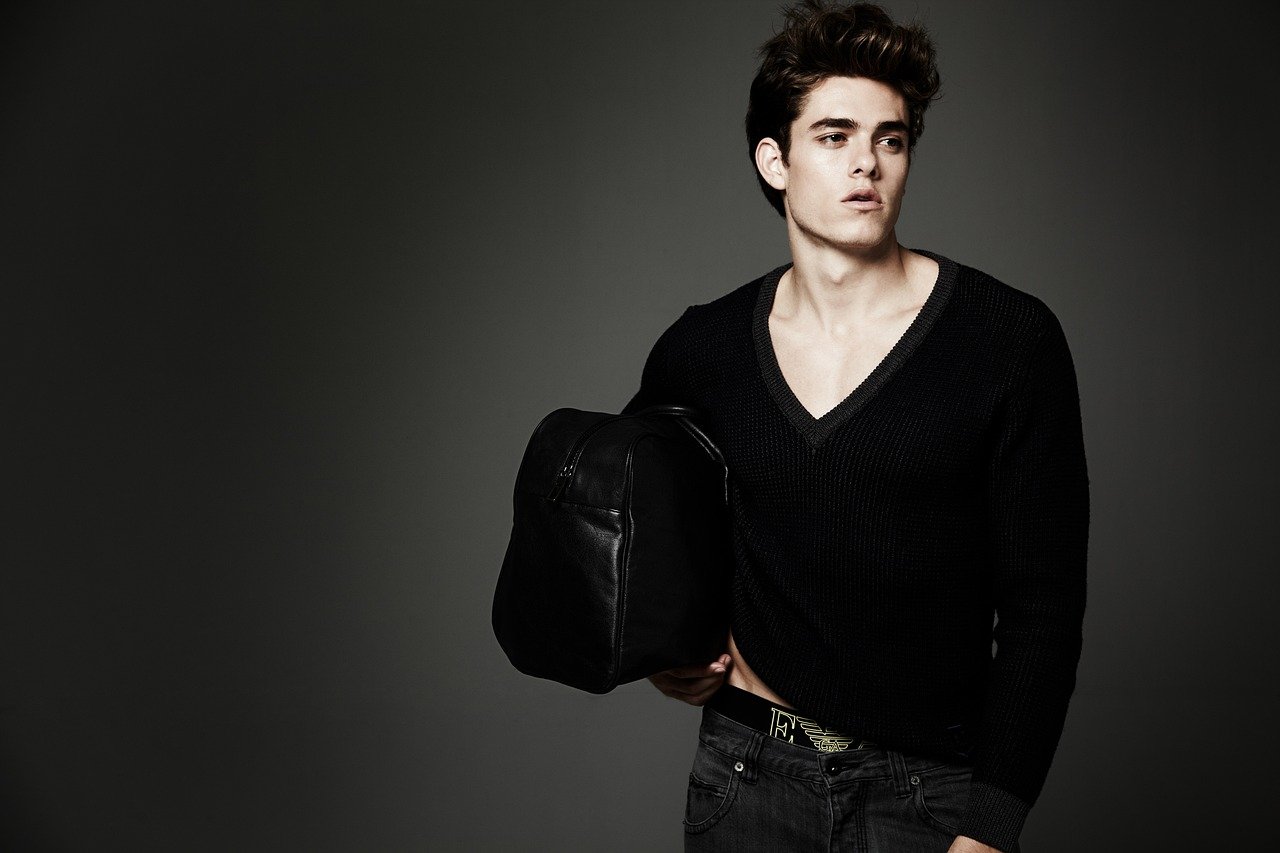1940s Men’s Fashion
The 1940s was a rather revolutionary period due to the war events as well as their aftermath which affected virtually all spheres of people’s life and fashion too. The masculine styles of this period relate to, or can be seen as a mirror image of the reality of 1940s – every man was resourceful, and frugal, yet elegant in his utilitarian way.
Impact of World War II
The beginning of World War II in 1939 greatly influenced fashion in all the world. Due to the war breakout, funding and material was scarce hence the clothing production was scarce, this in turn meant that most countries deployed rationing. This necessity led to the formation of the principle of “utility clothing” – clothing that is sturdy, practical, economical and frugal, and that does not suffer from the overt frivolousness of the pre-war era.
For men this meant clean shaven look and minimalist grooming and importantly, polished and neat clothing. Suits were still worn, but they were very slim-cut, as was appropriate for the wartime scarcity. The single-breasted suits with the notch lapels dominated until they were worn with a waistcoat. Clothes were dark: navy, charcoal, brown, which was understandable, as the twenties was a rather gloomy period.
The Significance of Costume: Analysis of Military Gear
Military clothing was a decisive source of inspiration for the 1940s male garments, as well as during World War II and later. The ‘militarisation’ of clothing was reflected in clean and rational lines of cuts, shoulder pads, and functional buttons and pockets. The bomber jacket, intended for pilots, evolved into a popular male garment because of its construction that at once was practical and fashionable. In the same manner, the trench coat which has been in use in the military since the first world war was in use by civilians, they acted as raincoats and came in an attractively designed package.

The military theme also applied to accessories. Lather and shave, men adopt the ‘Victory Roll’ whereby the hair is rolled away from the face using a brush in a similar manner to soldiers.
Post-War Fashion and the Rise of the Zoot Suit
This was the case especially as men began to change their dressing style as the war came to end, and soldiers went back to their homes. There was more of the practicality of wartime clothing but there was also a new emphasis towards being an ‘individual’. This was further diluted by the ‘Zoot Suit,’ which had originated in the 1930s but became vivid among the youths of black, Hispanic and Italian origin in the 1940s.
The Zoot Suit featured wide legged Trouser which fit high on the waist, jackets just as long with wide lapels and broad shivers, and often bright and loud colour. For this style was a rebellion against the norm, a rejection of the measures brought about by the war. But, it also became a victim of conflict, in this case, during the Zoot Suit Riots in 1943, when the suits wore the role of the conflict of the different categories of society.
Casualwear in the 1940s
Formal wear was still used in this decade but casual wear was also on the rise this could be attributed to the war and changes in the society. The new leisurely attitude to life gave way to wearing garments inspired by sportswear. Knee-length sweaters, polo shirts and check-trousers, pleated trousers emerged, much to the convenience of men; they were fashionable without compromising on comfort.
The Hawaiian shirt, which was characterized by the bright prints, and the loose comfort also became famous at this decade, especially in the United States. It put an end to the practice of formal dressing and projecting an image of power and authority which remained popular only in the pre and post world war era.
Footwear and Accessories
Like other men accessories of the 40s, men’s shoes were primarily serviceable and utilitarian in their design. Leather was the most frequently used material and among popular shoe models there were Oxford and Derby shoe models. Other kinds of boots also became popular, with the so called “Combat Boot” among them indicating that military-style clothing continued to remain an inspiration.
There were not many ornaments and attachments invented as it was a pragmatic period as for clothing. Bows were thin and layered and most of the time incorporated geometrical designs; hats, especially the fedora hat, were still standard issue for men and provided a sense of class to the largely functional dressing style.
What did 1940s male fashion leave behind?
The 1940s as a period in fashion history could be described as a time when fashion was rationalised by functionality, yet sophistication was not forgotten. As for male fashion in this period, it remained more dignified and elegant and not in anyway brutal as one would expect. Perhaps one of the biggest spheres of the impact of 1940s menswear was in the minimization of the aesthetics and the tailored appearance commonly observed in the subsequent decades.
Even today, people follow some styles that were big in the 1940s; from the formal suits of the wartime to the flamboyant Zoot Suit clique. The decade is a good example of how even in difficult circumstances can the fashion endure and open the possibility of self-identity and individuality.
Read more:
The Evolution and Impact of Asic Wrestling Shoes
Modern Stylish WhatsApp DP Ideas for Girls: Making a Statement with Every Profile




